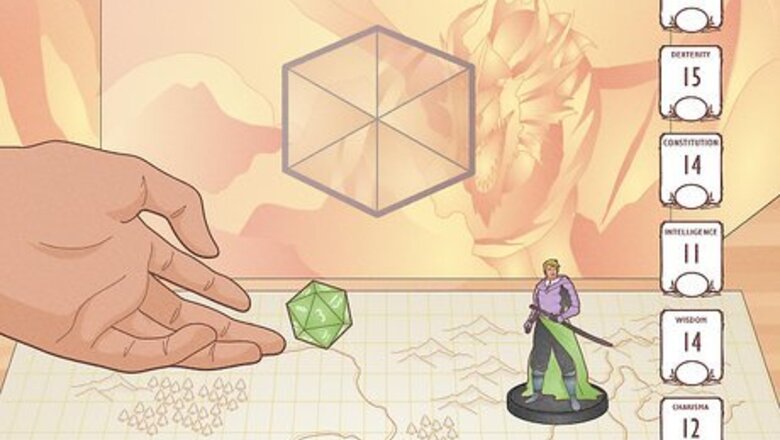
views
- Saving throws are used to resist harmful effects imposed on your character in D&D. Successful saves prevent or reduce the effect, and failed saves do not.
- Roll a d20 and add your character’s ability score modifier to the result to calculate a saving throw. Add a proficiency bonus if they're proficient in that saving throw.
- Death saving throws are even simpler: roll a d20 and take note of the result. Rolling a 10 or above is a success, while a 9 or below is a failure.
What is a saving throw in D&D 5e?
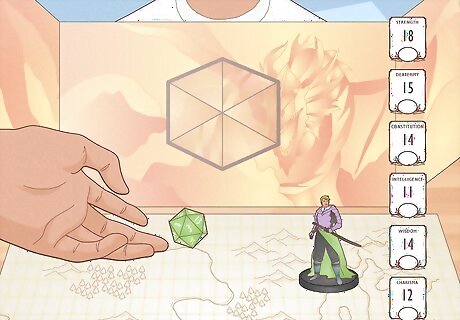
Characters make saving throws to try and resist or evade an effect. In D&D, enemies may try to poison, sicken, trap, or cast a spell on your PC (player character). The DM (dungeon master) will ask you to make a saving throw, which is a type of d20 roll that relies on your ability score modifiers. If you succeed on the saving throw, your character resists the effect. If you fail, they’re fully affected. Saving throws are based on your ability scores. There are six main ability scores: strength (STR), dexterity (DEX), constitution (CON), wisdom (WIS), intelligence (INT), and charisma (CHA). Ability scores reflect your character’s prowess in each area; if they have a STR score of 20 and an INT score of 9, it means they’re very strong but have lower-than-average intelligence. Say you’re fighting a vampire who casts “Charm Person” on your character. In that case, you’d make a wisdom saving throw because your character’s WIS score determines their ability to resist the vampire’s influence.
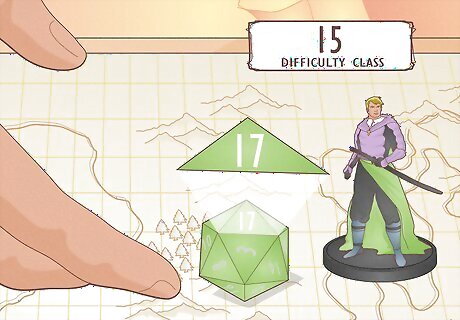
A saving throw’s success depends on the DC of the original effect. The DC, or “difficulty class” of an enemy’s effect determines how tough it is to beat. If the number you roll for your saving throw equals or exceeds the DC, it’s a success; if it’s below the DC, it fails. Your DM is responsible for knowing each DC in the game, and they’ll tell you whether your saving throw was successful. For example, if the DC to resist a spell is 15, and you roll an intelligence saving throw of 17, then you succeeded, and the spell might fail or have a reduced effect. If you roll an intelligence saving throw of 13 against a spell DC of 15, then you would fail—and the spell would affect your character in whatever way the DM dictates.
Calculating Saving Throws
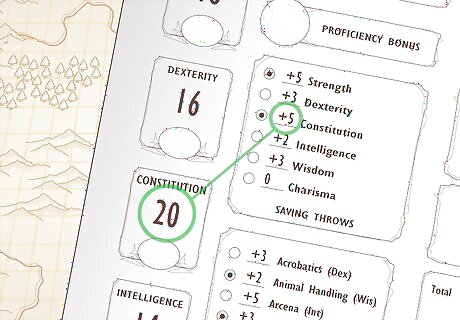
Find your character’s ability score modifiers on the character sheet. Ability scores are usually organized in a group near the top of a D&D character sheet. There are spaces for your base ability scores (the bigger numbers) and spaces for your ability score modifiers (which are bonuses you can add to rolls based on that ability score). Take note of the modifier for the saving throw you’re about to make. For example, if your DM asks for a constitution saving throw, the number you’re looking for is your character’s constitution modifier, which will be labeled on the character sheet. Modifiers can be positive or negative values because they’re based on your ability score. For example, if your character has a constitution of 20, their modifier will be +5. If their constitution is a 7, they’ll have a -2 modifier. The D&D 5th edition rulebook explains what kind of modifier your ability scores should have if you don’t already know. Don’t be afraid to consult it while playing if you need to!
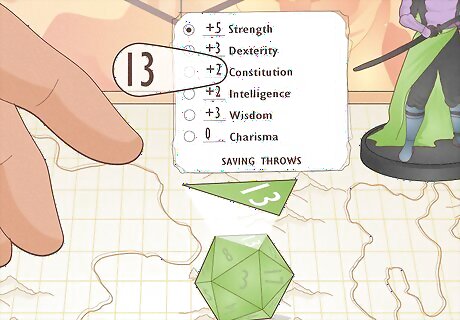
Roll a d20 and add the correct ability score modifier to the dice total. Your d20 is the 20-sided die you’ll use for all ability checks, saving throws, and attack rolls. Once you roll your dice, add the total of your roll with the ability score modifier you just looked up on your character sheet. The sum of those numbers is your character’s saving throw! For example, say you’re making that CON save, and your character’s CON modifier is a +2. If you roll your d20 and get a 13, your constitution saving throw would be a 15 total (13 + 2). After calculating your saving throw, tell the DM what you rolled. They’ll let you know if it’s a failure or a success.
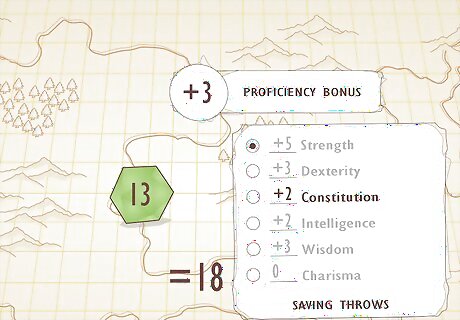
Add your proficiency bonus if you have one for that saving throw. Every D&D 5e class (which essentially defines a character’s profession and the powers they have) automatically gives your character proficiency in two related saving throws. If you have proficiency in a saving throw, you get to add your proficiency bonus to the roll as well. Your proficiency bonus is a separate number that increases gradually as you level up. At level 1, it’s a +2, and by the time you reach level 20, it’s a +6. Your DM will typically tell you when your proficiency bonus increases. Say your character has proficiency in CON saves and a proficiency bonus of +3. In that case, for the roll above, you’d actually add your d20 result, modifier, and proficiency, or 13 + 2 + 3 for a total of 18. When you choose a class for your character (such as wizard, cleric, fighter, or rogue), note which saving throw proficiencies they get. It’ll be listed in the 5th edition rulebook! Some online D&D gaming platforms like DndBeyond and Roll20 will automatically add your proficiency bonus to your saving throw modifier, so you don’t have to.
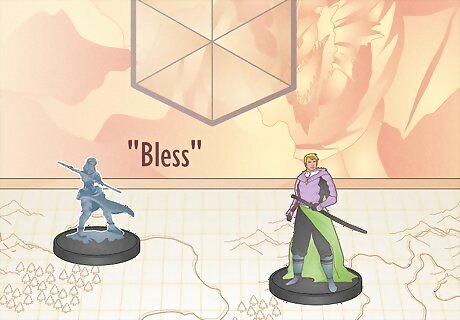
Use your character’s class abilities to alter a saving throw's outcome. When your DM asks for a saving throw—especially if it’s an important one—be sure you’ve familiarized yourself with your character’s spells and feats. Some are specially designed to buffer an underwhelming saving throw roll and can help you succeed where you might have failed originally! For example, if a bard gives you “Bardic Inspiration,” you can use it to boost a saving throw. If you’re a cleric or paladin or have a subclass that gives you the “Bless” spell, you can cast it to get a d4 bonus to saving throws. Remember to check when you can use these abilities. Some are reactions (which you can use as you roll your saving throw), but others you’ll need to use preemptively as an action or bonus action during your turn.

Roll saves with advantage or disadvantage as directed by the DM. You might need to roll with advantage or disadvantage because situational modifiers—like battlefield conditions or enemy abilities—are affecting your roll. “Advantage” means rolling two d20s and taking the higher result when calculating your saving throw, while “disadvantage” means rolling two 20s and taking the lower result. Environmental conditions often affect this. For example, if you’re currently in a dark area and need to make a DEX save, your DM might rule that you have disadvantage because you can’t see the spell effect coming. Some feats, abilities, and magical items also grant advantage or a bonus on saving throws. For example, if you find a luckstone in your travels, you’ll get a +1 bonus to every saving throw modifier!
How do ability scores affect saving throws?
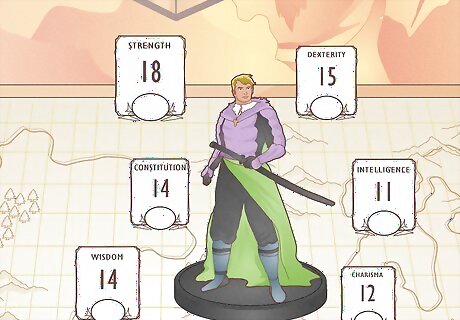
Each type of saving throw corresponds to a specific ability score. There are several kinds of saving throws, and each one is modified by the ability score most likely to influence your character’s efforts. For example, if you make a strength save, it’s because your character would theoretically need strength to resist the effect being placed on them. Each ability score affects the following areas: Strength governs a character’s physical prowess. STR saves are used against anything that might restrict or forcibly move you. Constitution governs a character’s vitality. CON saves are used to resist poison, disease, and other harmful physical effects. Dexterity governs a character’s agility. DEX saves are used to evade area-of-effect spells and traps. Wisdom governs a character’s willpower. WIS saves combat effects that sap a character’s will to fight, like a charm or fear effect. Intelligence governs a character’s mental power. INT saves are used to see through illusions and resist abilities that target the mind. Charisma governs a character’s magnetism and resolve. CHA saves resist effects that alter a character’s personality or banish them to another plane.
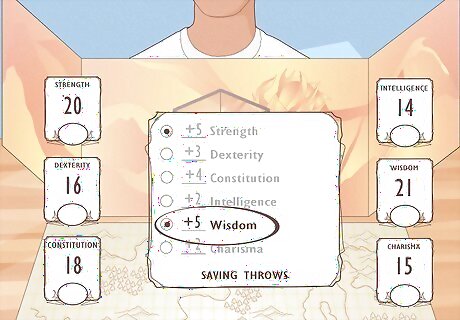
The higher your ability score, the easier it is to pass saving throws. Keep in mind that having a good (or bad) score will directly affect your character's ability to make successful saving throws. There’s always an element of luck to any kind of roll in D&D, but overall, you’re more likely to make successful saves if you have a high ability score because your modifier will also be higher. Having both proficiency and a high modifier for a particular saving throw will make your character extra effective! For example, if your cleric character is proficient in WIS saves and has a modifier of +5, their modifier for WIS saves at the first level would be +7. That’s a great modifier, and it increases your chances of success.
Death Saving Throws
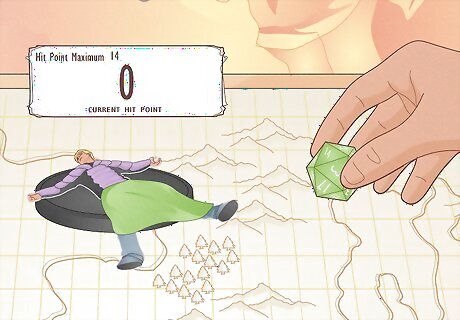
Death saving throws occur when your character is unconscious. Every character has a certain number of hit points (HP), which essentially measure their health and hardiness. The more HP a character has, the more damage they can take in a fight before they drop. When a character takes so much damage that they run out of HP, they fall unconscious and begin making death saving throws on their next turn. So long as a character is unconscious, they make a single death save on each subsequent turn until they’re healed, stabilized, or they die.
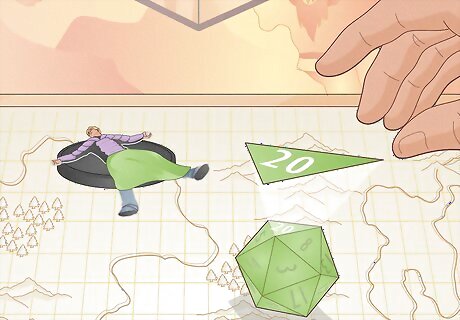
There is no modifier for a death saving throw; it’s a straight d20 roll. To make a death saving throw, simply roll a d20 when it comes to your turn. Whatever you roll is your saving throw total. Rolling a 10 or higher (to a maximum of 20) is a success for death saves. Rolling lower than a 10 (1 through 9) is a failure. After 3 successful saves, your character stabilizes—but after 3 failures, they die. Keep in mind that while the possibility of character death can be intimidating, it doesn’t have to be permanent! There are many ways to resurrect a PC using spells and abilities in the game. If the idea of permanent character death bothers you, try speaking to your DM. A kind and receptive DM can easily get creative with battlefield consequences and come up with fun ways to keep your character in the game.
Do enemies make saving throws?
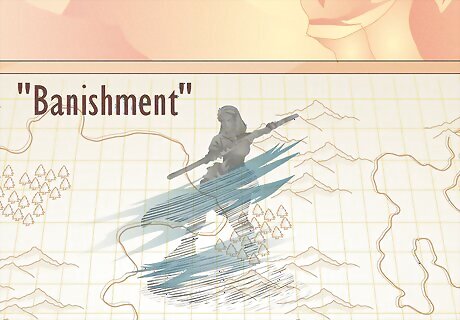
Some abilities and spells can force enemies to make a saving throw. PCs (player characters) aren’t the only ones making saving throws in D&D 5e! Some of your character’s spells and abilities are also designed to force saving throws on enemy NPCs, which the DM must then roll and calculate. If you impose a roll on an enemy, be sure to let the DM know what DC they need to beat! Say you’re a warlock use one of your spell slots to banish an enemy. Cool, right? For the “Banishment” spell to work, the chosen enemy must fail a CHA save. Spell save DCs are based on proficiency bonus and spellcasting ability modifier. For a warlock, their spellcasting ability is the same as their CHA modifier. From there, enemy saving throws work the same as PC saving throws. If your warlock’s DC is 15 and an enemy rolls a 14 CHA save, then presto! They’re banished.



















Comments
0 comment